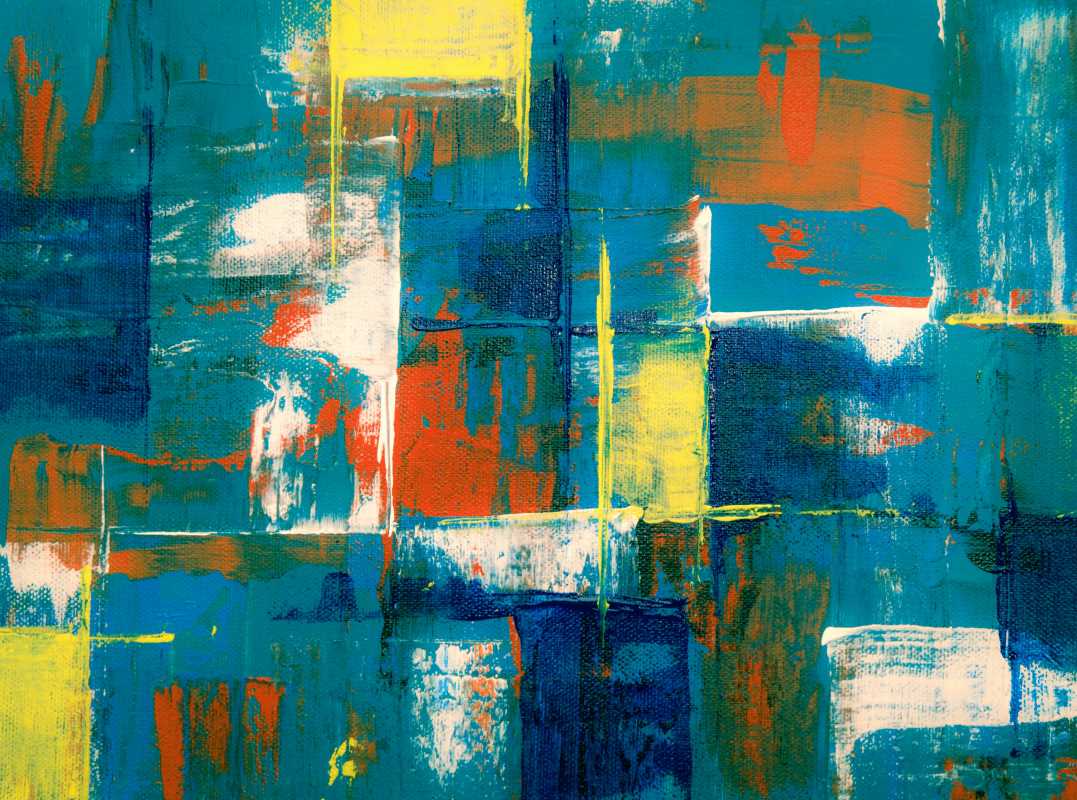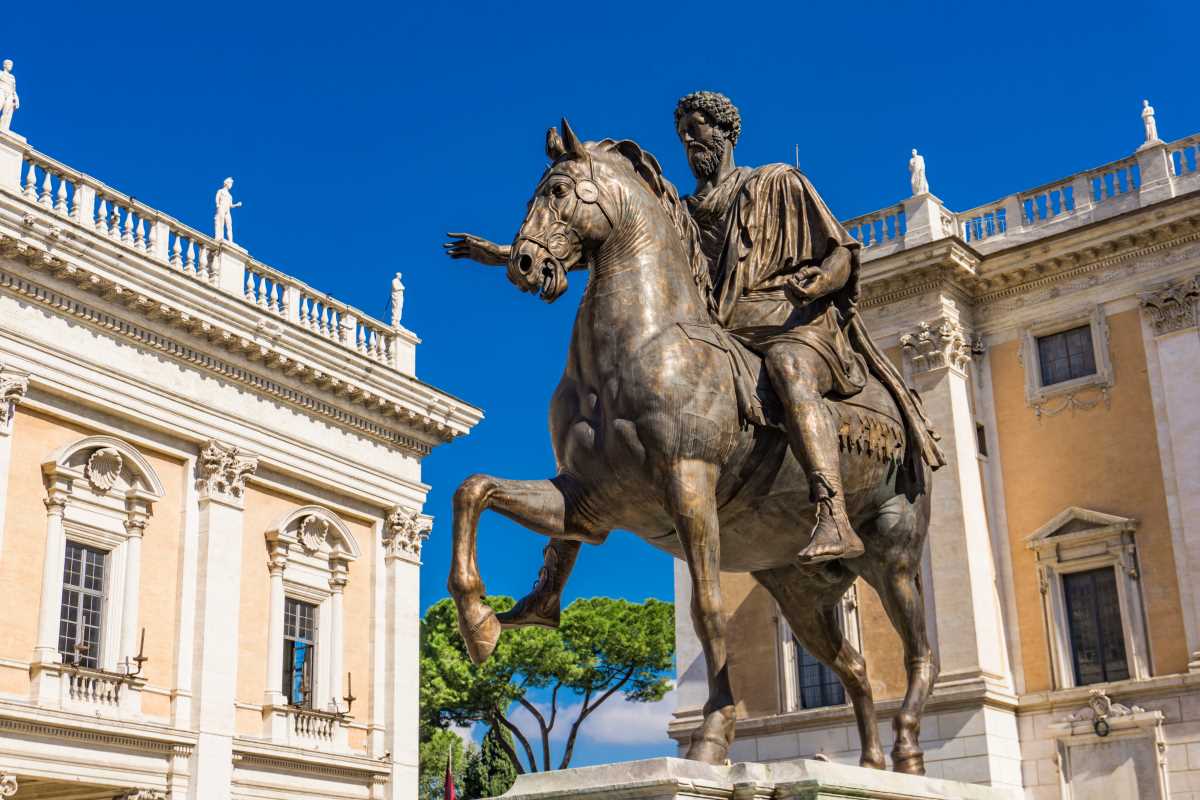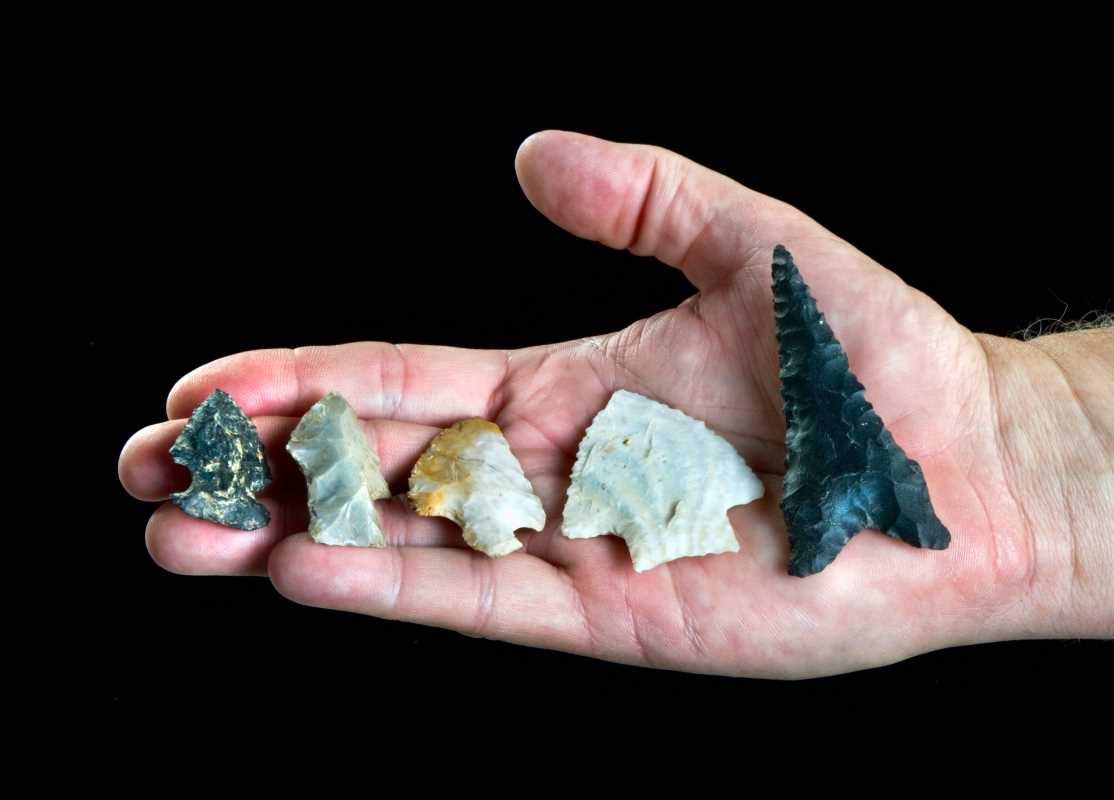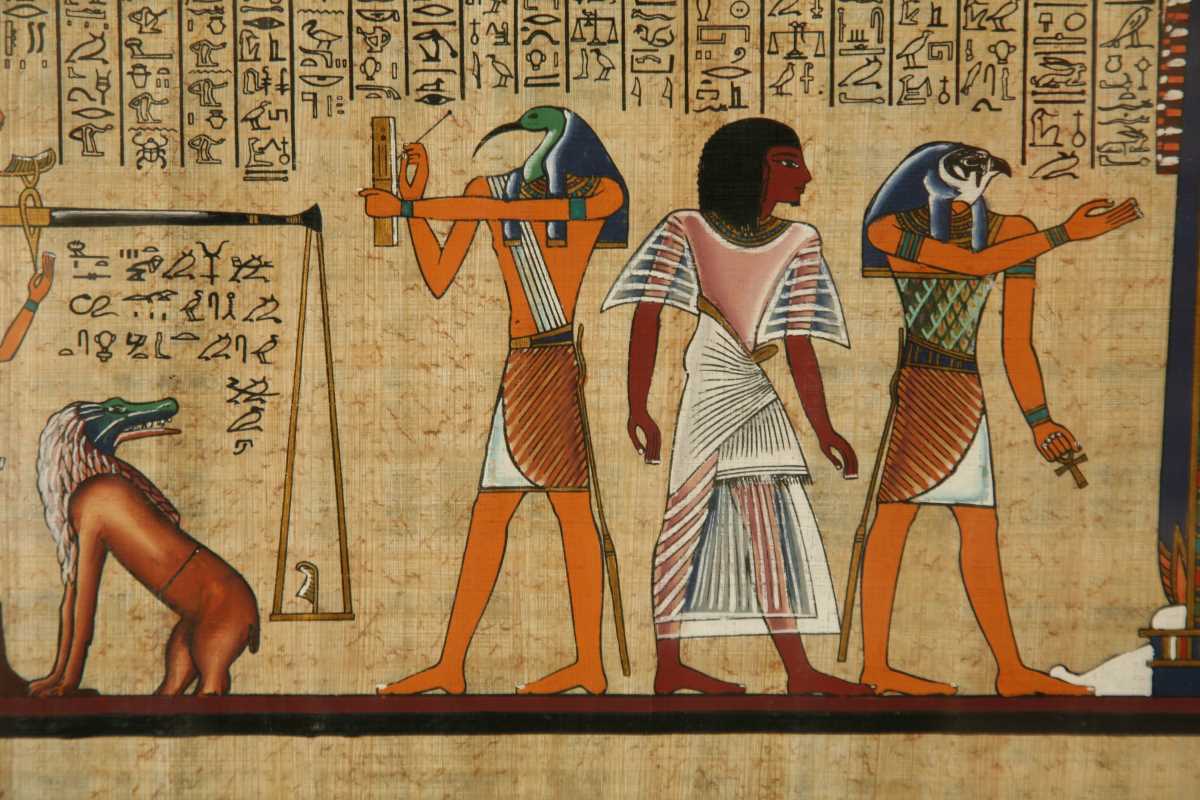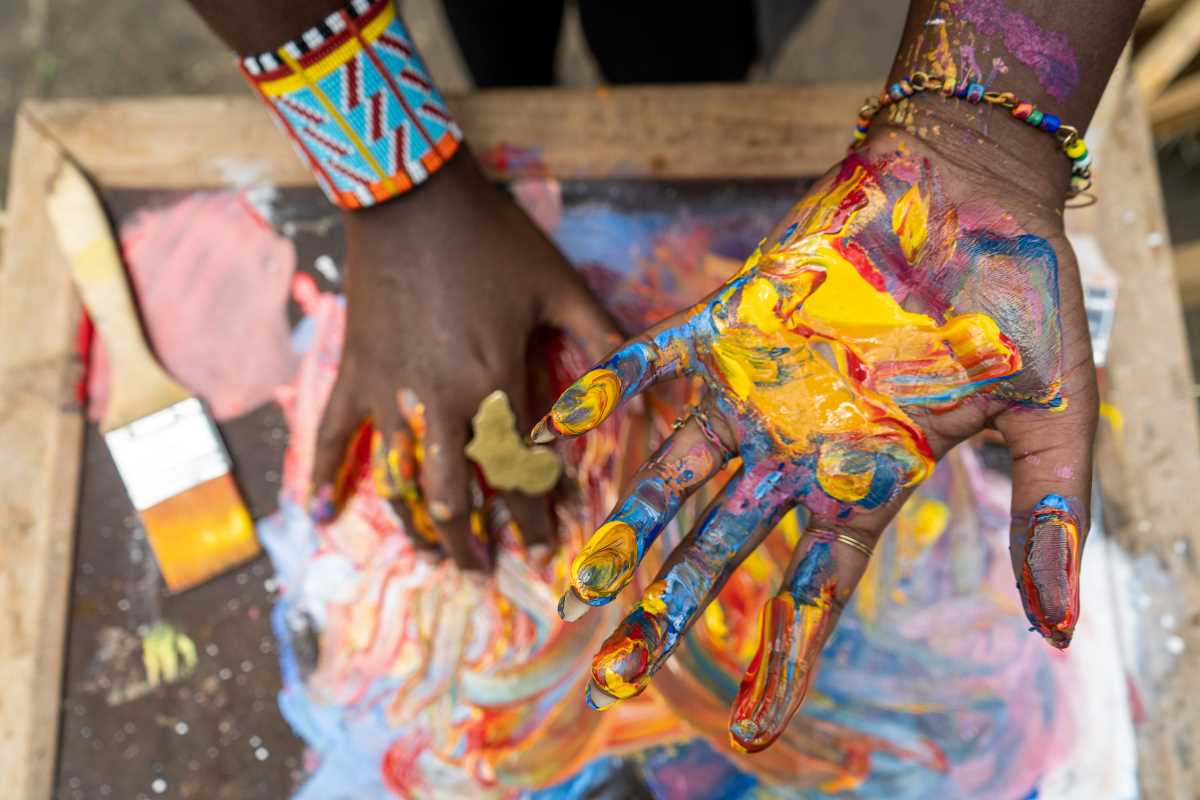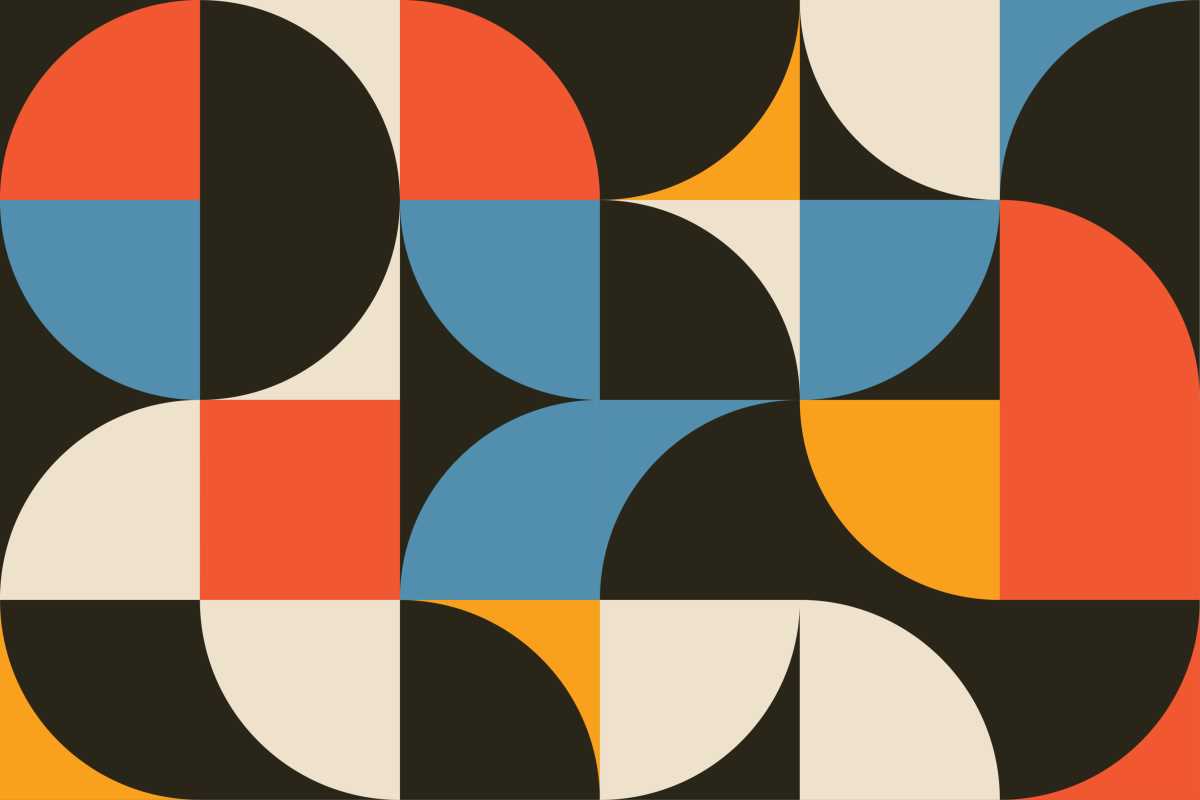The Renaissance was a time of incredible change and creativity. It wasn’t just about art, though that’s what it’s most famous for—it was a complete transformation of how people thought about nearly everything. From science to politics, religion to individuality, the Renaissance reshaped the way people saw themselves and the world around them.
But what made this period so groundbreaking? Why did it leave such a lasting mark? This article dives into the Renaissance and explores how it set the stage for our modern worldview. By looking at its achievements in art, science, philosophy, and society, we can better understand how this period of rebirth unlocked new ways of thinking and shaped our collective future.
What Sparked the Renaissance?
The word “renaissance” means “rebirth,” and this cultural awakening started in Italy during the 14th century before spreading across Europe. Why Italy? It came down to a mix of historical, social, and economic factors.
The Fall of the Middle Ages
The Middle Ages, which came before the Renaissance, were marked by a feudal system and a focus on religion as the center of life. Europe suffered through tough times like the Black Plague, which wiped out huge portions of the population. But as the dust settled, the economic and social structures began to shift.
With more opportunities for trade, the rise of cities, and a growing middle class, people had time to focus on education, culture, and new ideas. Ancient Greek and Roman texts—which had been lost or ignored during much of the medieval era—were rediscovered, inspiring fresh perspectives.
A Revolution in Art
When people think of the Renaissance, they often picture the stunning paintings, sculptures, and architecture created during this time. Art wasn’t just a form of expression; it became a reflection of new ways of thinking about humanity, the divine, and the natural world.
Rediscovering Realism
One of the defining features of Renaissance art was its focus on realism. Unlike the flat, symbolic representations of medieval art, Renaissance artists wanted to depict the world as it truly appeared. They used techniques like perspective, light and shadow, and anatomical accuracy to make their work more lifelike.
Take Leonardo da Vinci’s Mona Lisa, for example. Her soft smile and realistic features make her seem almost alive, a stark contrast to the stiff, emotionless figures of medieval paintings. Michelangelo’s David is another iconic example, showcasing the human body in stunning detail and celebrating the beauty of man.
Art as a Window to the World
Perspective was a game-changer for Renaissance art. Artists like Filippo Brunelleschi discovered ways to make two-dimensional paintings look three-dimensional, creating depth and space. This technique brought a sense of realism and invited viewers to feel like part of the scene.
Art also began to focus on everyday life and ordinary people, not just religious figures. This shift showed a growing interest in humanity itself, a hallmark of the Renaissance.
New Ways of Thinking
The Renaissance wasn’t just about making things look beautiful; it was about thinking differently. This period saw the rise of humanism, a philosophy that emphasized human potential, individual achievement, and the importance of understanding the world through reason.
The Role of Humanism
Humanists believed that education could better society. They valued subjects like literature, history, and ethics, which became known as the “humanities.” This approach encouraged people to study classic Greek and Roman texts in order to gain wisdom and improve themselves.
Take Petrarch, often called the “father of humanism.” He believed in looking to the past to inspire the future. His work helped spark an interest in reviving classical knowledge, something that came to define the Renaissance.
Shifting Views on Religion
The Renaissance didn’t mean abandoning religion; in fact, many Renaissance thinkers were deeply spiritual. However, people began to see faith and reason as interconnected. They questioned some of the rigid doctrines of the medieval church and sought a more personal connection to their spirituality.
This shift paved the way for the Reformation, a major religious movement that would challenge the authority of the Catholic Church and lead to the rise of Protestantism.
Science Breaks Boundaries
One of the most groundbreaking aspects of the Renaissance was the Scientific Revolution. It was a period when people began applying reason and observation to understand the natural world.
Galileo and the Telescope
Galileo Galilei was one of the key figures of this scientific awakening. With his telescope, he made discoveries that shook the foundations of old beliefs, like the idea that Earth was the center of the universe. Instead, Galileo confirmed that planets, including Earth, orbited the sun, supporting the earlier ideas of Copernicus.
This wasn’t just a technical discovery; it changed how people saw their place in the universe. It challenged the long-held belief that humans were central to Creation, encouraging people to start thinking about the broader cosmos.
Medicine and Anatomy
The Renaissance also transformed medicine. Earlier ideas about the body were based on ancient theories, but Renaissance pioneers like Andreas Vesalius used dissection to study anatomy in detail. His work laid the foundation for modern medicine by creating accurate diagrams of the human body.
Science was becoming less about tradition and more about discovery. This shift would shape the way people approached problems not just in the 16th century, but for centuries to come.
Social Changes and Legacy
The Renaissance also brought about changes in how people lived, governed, and connected. These shifts laid the groundwork for the modern world.
A Desire for Knowledge
The invention of the printing press by Johannes Gutenberg around 1440 was one of the most important technological breakthroughs of the time. It made books cheaper and more widely available, spreading knowledge far and wide. People could now learn about ideas and discoveries like never before.
This explosion of access to information fueled education and created a culture of curiosity. It also allowed for the spread of revolutionary ideas, from science to politics, that would shape the Enlightenment and beyond.
Shaping Modern Politics
Some of the political ideas that emerged during the Renaissance continue to influence governments to this day. Thinkers like Niccolò Machiavelli explored how leaders could gain and keep power, as seen in his book The Prince. While his advice was controversial, it reflected a growing focus on the practical realities of leadership rather than just divine or hereditary authority.
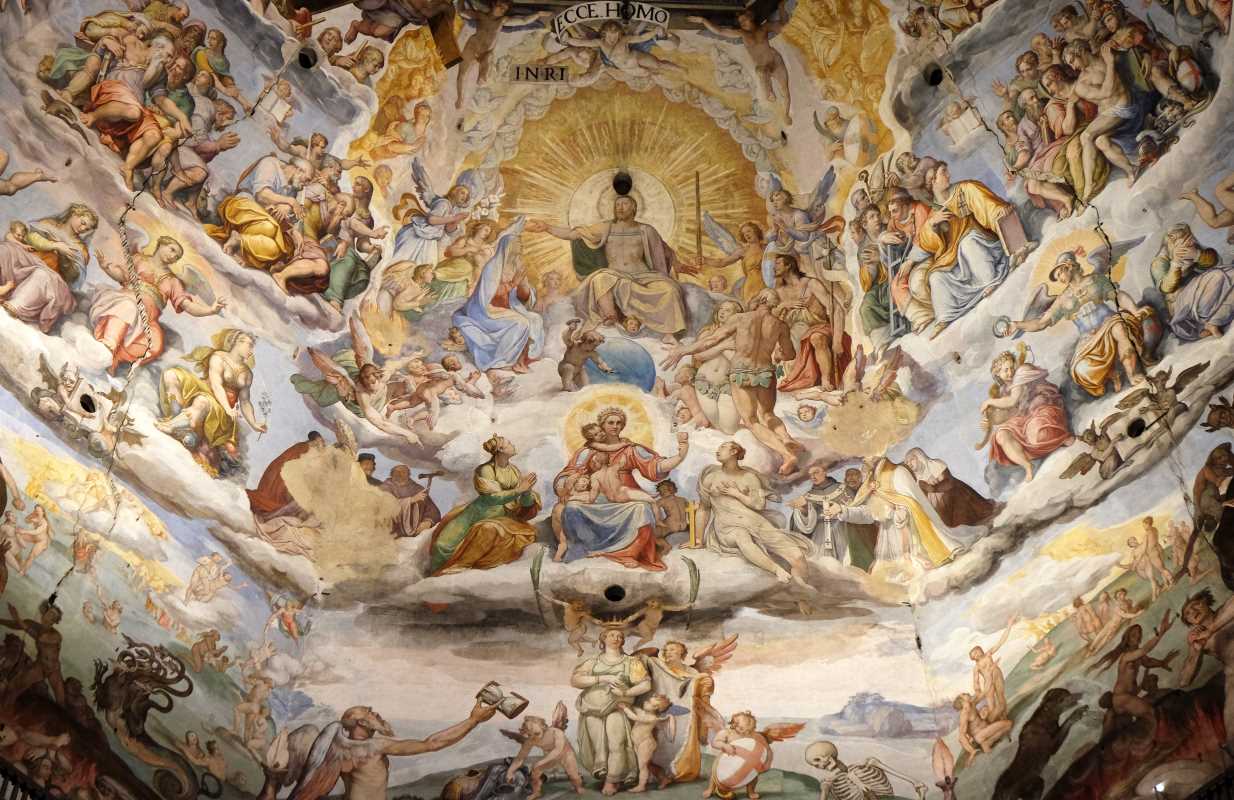 (Image via
(Image via